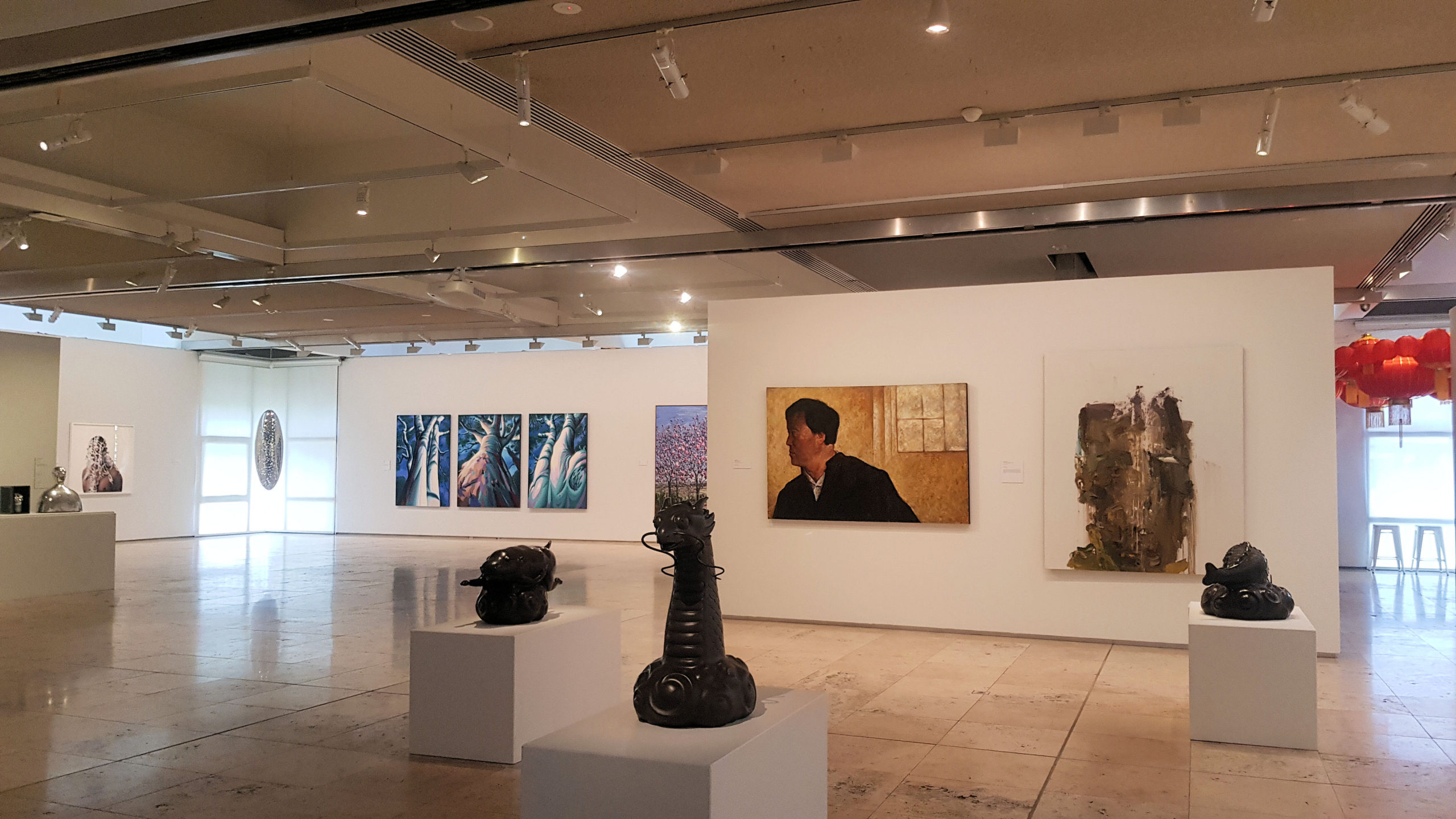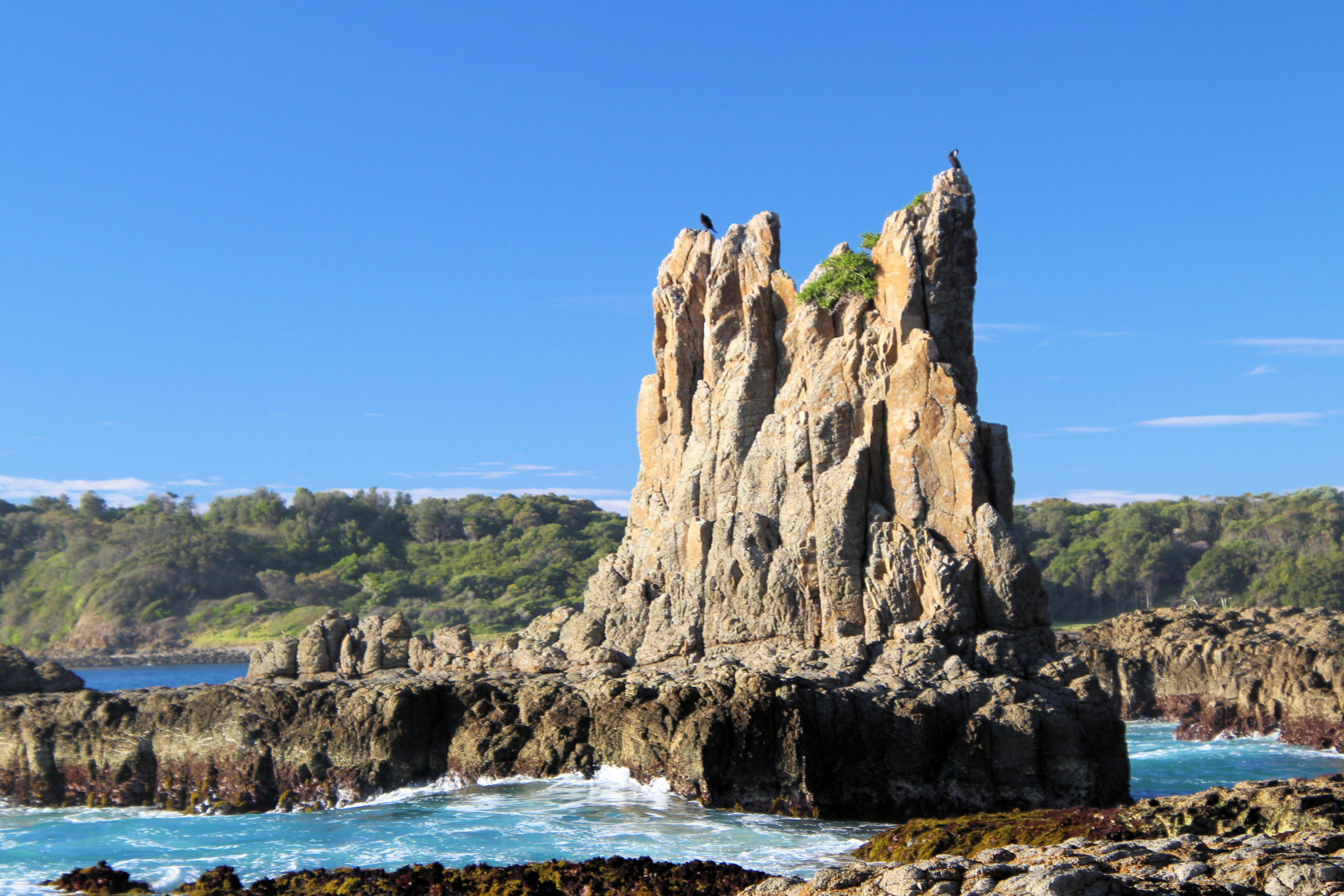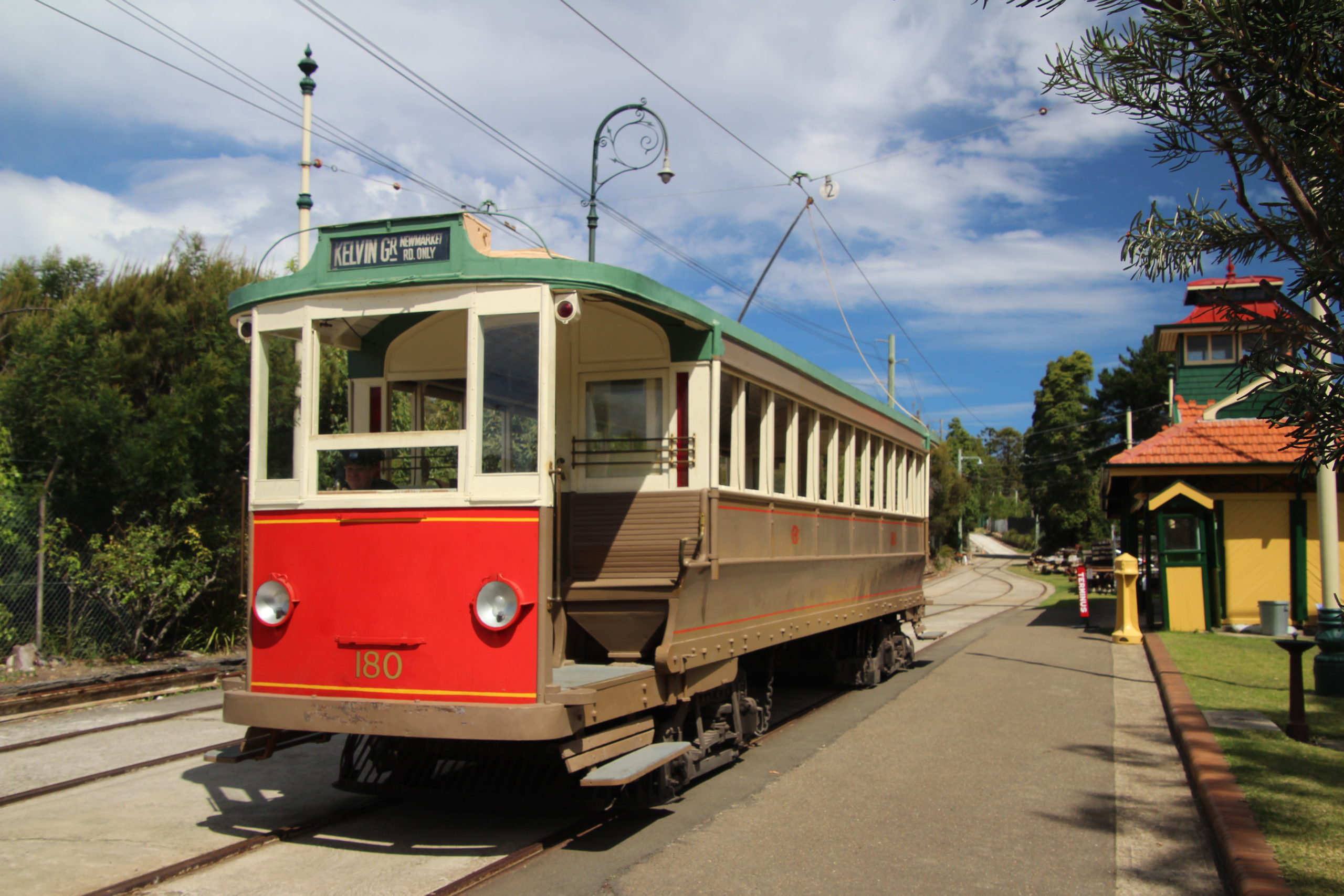Tag: NSW
-
Newcastle Art Gallery New South Wales Australia

Newcastle Art Gallery Located in Laman Street Cooks Hill above Civic Park, the Newcastle Art Gallery contains an impressive art collection, primarily Australian artists. Limited display area restricts the number of art works on display, but a rotation ensures new works every few months. The large sculpture of a nest and giant egg mark the… Read more
-
Cathedral Rocks Kiama on the NSW South Coast

How to Get There Located three kilometers, north of Kiama, Cathedral Rocks are an unusual volcanic rock formation, famous for their distinctive shape. We viewed them from two locations, up close from Jones Beach and further away from Cliff Drive. Jones Beach has an excellent car park, with easy beach access, making it an ideal… Read more
-
Sydney Tramway Museum Australia

Sydney Tramway Museum Located in Sydney’s southern suburb of Loftus, the Sydney Tramway Museum, is the largest of its kind in the Southern Hemisphere. Hosting a collection of trams from Sydney, other Australian and some international cities makes this museum a must-see for tram and train lovers. Getting to the Sydney Tramway Museum In addition… Read more